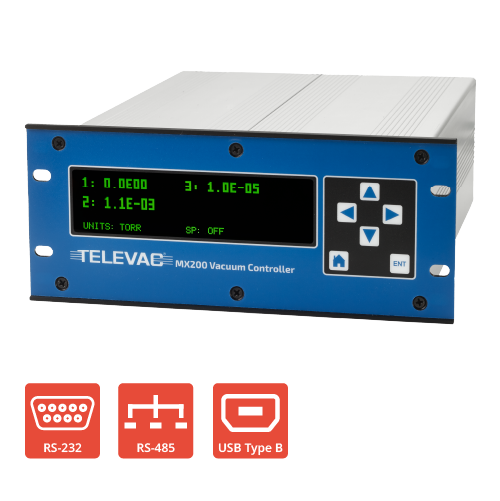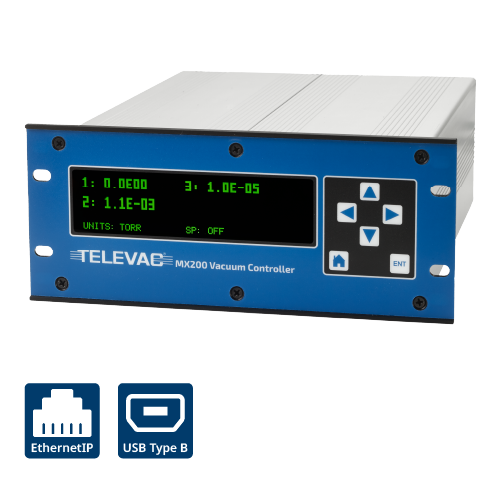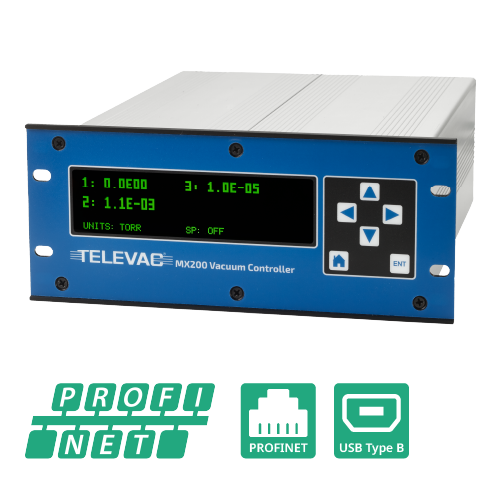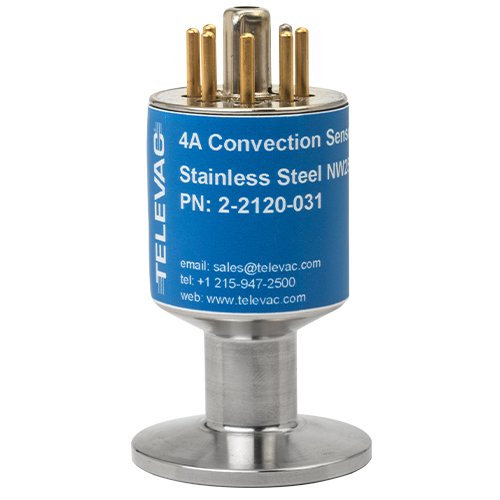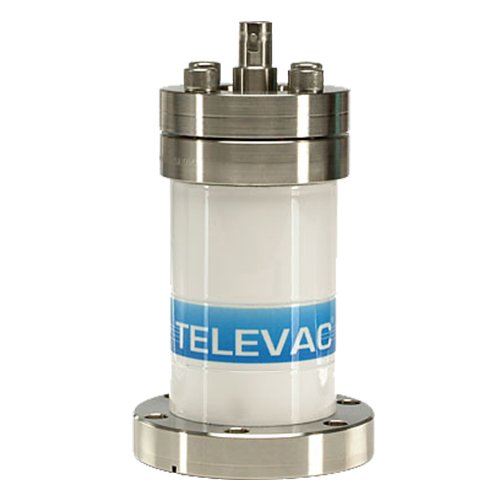Semiconductor devices are the decision-making (logic) and data storage (memory) devices driving and supporting the modern, technological world. They have expanded from their origins in grand-scale computing to personal computers, laptops, cell phones, automobiles, and even washers, dryers, and other home appliances. Built on the technology of the early transistor (which measured several inches end-to-end), modern semiconductor devices have seen amazing reductions in size and now have node sizes which are measured in nanometers (that’s 10-9 meters)!
![]()
As node sizes continue to shrink (see Moore’s law), contamination in the manufacturing environment has become a bigger challenge. Microscopic particles, both organic and inorganic, can contaminate wafer surfaces damaging devices and reducing production yields. This is one of the reasons that cleanrooms exist, and that workers are required to wear cleanroom suits.
Likewise, many production process steps require a vacuum environment to reduce process contamination from unwanted gases. In order to ensure that the required vacuum level is reached and maintained, low-pressure measurement sensors / vacuum gauges are incorporated into both system and process designs.
![]() Modern semiconductor devices are built step-by-step, layer-by-layer, and can have as many as several hundred layers to their design. Typically steps in a semiconductor device manufacturing process are: clean (the wafer), coat (deposit the desired material), mask and expose (to pattern the layer), develop, etch (the unwanted material), clean, implant, deposit, mask, etch… lather, rinse, and repeat as desired.
Modern semiconductor devices are built step-by-step, layer-by-layer, and can have as many as several hundred layers to their design. Typically steps in a semiconductor device manufacturing process are: clean (the wafer), coat (deposit the desired material), mask and expose (to pattern the layer), develop, etch (the unwanted material), clean, implant, deposit, mask, etch… lather, rinse, and repeat as desired.
A number of these steps require a vacuum environment to be effective. One example is deposition, like chemical vapor deposition (CVD), physical vapor deposition (PVD), or some variant of these (such as low-pressure CVD/LPCVD, plasma-enhanced CVD/PECVD, atomic layer deposition/ALD, molecular beam epitaxy/MBE, etc.) where precise and uniform layers of a material are added to the wafer surface.
Other examples include etching, which requires vacuum to ensure precise control over the volume and dwell time of the aggressive gas on the wafer surface and ion implantation (or simply “implant”) uses vacuum to reduce the number of interactions along the ion’s flight path. Patterning, while traditionally not done in a vacuum environment, has seen recent technological advances in EUV lithography which allow the technique to be used in large-scale manufacturing and has paved the way for the smallest and fastest (latest and greatest) semiconductor devices used in high-end PC’s and mobile phones today.
Semiconductor fabs are huge; they can be the size of many football fields, producing millions of chips per day. This means that all of the equipment must be reliable and accurate, because equipment failure and tool downtime can lead to huge financial losses. Additionally, the finished semiconductor products may be used in critical systems, for example on an airplane, and contaminants present in the manufacturing process could easily lead to premature failure of the component. All of this reiterates the importance of reliable, accurate vacuum gauges in these semiconductor manufacturing systems.
Historically, semiconductor fabs used hot ion and nude hot ion (Bayard-Alpert or BA) vacuum gauges for a variety of reasons. These gauges are throw-away, limited-time use gauges which cannot be cleaned and require replacement as the gauges become contaminated over time. More recently, semiconductor fabs have begun adopting cold cathode vacuum gauges because they’re more contamination resistant and can be cleaned and put back into service.
![]() The most common Televac® vacuum gauging solution for semiconductor manufacturing is the MX200 Vacuum Controller along with the 4A Convection Vacuum Gauge for rough vacuum from 1000 Torr to 10-3 Torr, the 7FC Cold Cathode Vacuum Gauge for measurement of high vacuum from 10-2 to 10-11 Torr, and a CDG for process control.
The most common Televac® vacuum gauging solution for semiconductor manufacturing is the MX200 Vacuum Controller along with the 4A Convection Vacuum Gauge for rough vacuum from 1000 Torr to 10-3 Torr, the 7FC Cold Cathode Vacuum Gauge for measurement of high vacuum from 10-2 to 10-11 Torr, and a CDG for process control.
The MX200 is a highly configurable vacuum controller, controlling up to 10 vacuum gauges simultaneously and offering a variety of communication options to read vacuum measurements including 0 to 10 V analog outputs, RS-232/RS-485 communications, and Ethernet IP communications. Remember that cold cathode vacuum gauges can be cleaned, with gauges remaining in operation in certain cases for decades without being replaced.
Vacuum Controller Solutions
MX200
1*10-11 Torr to 10,000 Torr
MX200 EthernetIP
1*10-11 Torr to 10,000 Torr
MX200 PROFINET
1*10-11 Torr to 10,000 Torr
4A Convection (Pirani)
1*10-4 Torr to 1000 Torr






